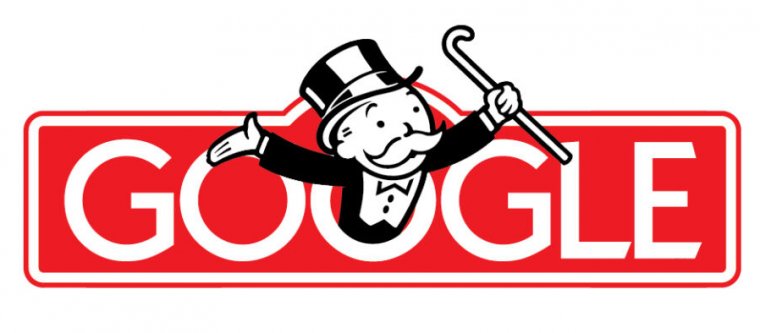

Android’s new OEM rules in India swap “requirements” with “revenue sharing”
source link: https://arstechnica.com/gadgets/2023/02/androids-new-oem-rules-in-india-swap-requirements-with-revenue-sharing/
Go to the source link to view the article. You can view the picture content, updated content and better typesetting reading experience. If the link is broken, please click the button below to view the snapshot at that time.
Outlaw the stick? We've got carrots for days! —
Android’s new OEM rules in India swap “requirements” with “revenue sharing”
Just like the EU, if Google can't require OEMs to bundle apps, it'll just pay them.
Ron Amadeo - 2/20/2023, 8:06 PM

Google is being forced to revamp how it licenses Android in yet another country: India. While these agreements with manufacturers are always a big secret, we occasionally get to know more about them via various leaks. The latest happened over the weekend from Kuba Wojciechowski, which shows how manufacturers can now sell Android in India versus the rest of the world.
Android has an incredible 97 percent market share in India, and as the world's second-largest smartphone market after China, that accounts for 600 million devices. About three weeks ago, Google lost an antitrust case in India, with the Competition Commission of India (CCI) issuing new rules for how Google can bundle Android with other Google services. The CCI also fined Google $161 million—about five hours' worth of Alphabet's $282 billion in yearly revenue, or about 25 cents for each of the 600 million phones in India.
India's new competition rules sound a lot like what the European Union laid down years ago, so much so that Google accused India of "plagiarism" in its antitrust ruling, saying the CCI "copy-pasted extensively from a European Commission decision." Google's blog post on the ruling outlined some of the changes, like that OEMS would be able to license individual Google apps, the default search engine would be chosen via a ballot screen, forking Android would be allowed, and that users would be able to pick their billing provider.
Google's licensing rules for OEMs are laid out in the "Mobile Application Distribution Agreement" (MADA) that all OEMs must sign to license the Play Store or other Google apps. Wojciechowski's thread outlines some changes with this document. The normal MADA currently requires bundling 11 Google apps: The Play Store, Search, Chrome, Drive, Gmail, Meet, Maps, YouTube Music, Google Photos, Play Movies and TV, and YouTube. There are also "placement" requirements for the default layout of the first page of the home screen, like having a Google Search bar front and center, and a folder of Google apps on the home screen. In India, you'll be able to whittle this list down to only the Play Store if you're licensing from Google. (If you don't want the Play Store, you're making an Android fork and therefore don't need to engage with Google at all.)
AdvertisementAll of the various monopoly rulings around the world have fragmented this document, and now Wojciechowski says that while the "MADA" document applies to most of the world, an "IMADA" document applies to India, "EMADA" applies to the EU, and a "TMADA" document applies to Turkey. The rules are different all over the world. Google's tactic is apparently to say that anyone that signs these region-specific MADA contracts will have to limit that software build to that area and take on the cost of supporting an additional software build. They could also just sign the normal worldwide MADA document that includes all the old Google bundling rules and have a single software build across multiple regions.
In the old-school MADA arrangements, Google provided Android to OEMs at no cost and recouped the cost of Android development via Play Store fees and Google Ads from things like Search and Maps. This model is so lucrative that Google would share some of that ad revenue with OEMs, essentially paying them to use Android over other operating systems. In the EU, OEMs that chose to remove Google services would instead be charged an upfront fee for Android, as much as $40 per device, and not get any revenue sharing.
In India, it sounds like there will be a similar revenue-sharing plan to keep everyone in line. Wojciechowski writes about an "Indian Placement Agreement" that offers a "per-app bounty" for any Google app the OEMs choose to include. So just like in the EU, antitrust rulings can try to shut down Google's Android 'requirements,' but what takes their place are two very uneven 'choices' for OEMs to pick from. They can either follow Google's old rules and get paid to use Android, or they can not follow the rules and pay out of pocket for Android and hope to make up that revenue some other way.
Recommend
About Joyk
Aggregate valuable and interesting links.
Joyk means Joy of geeK